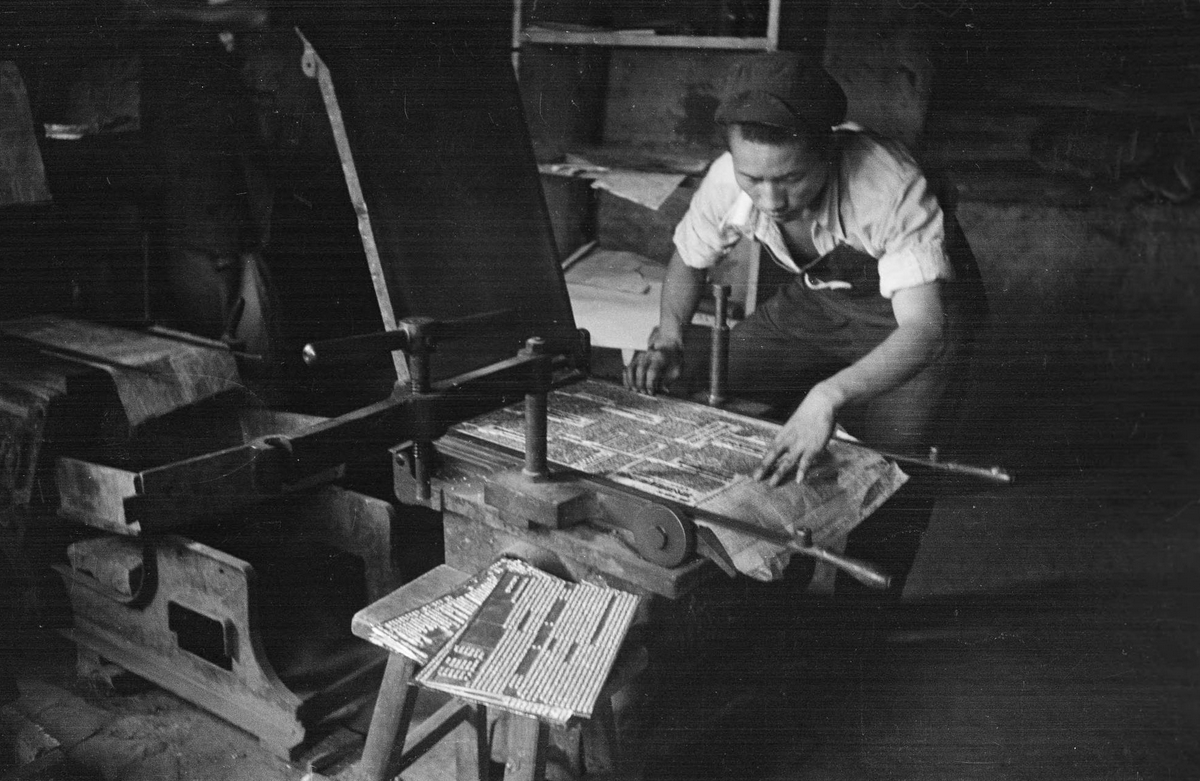
The development history of printing presses A machine that prints text and images.Modern printing presses generally consist of mechanisms such as plate loading, ink coating, imprinting, and paper feeding (including folding).Its working principle is: first make a printing plate with the text and images to be printed, install it on the printing press, and then apply ink manually or by a printing machine to the areas with text and images on the printing plate, and then transfer it directly or indirectly. Printing onto paper or other substrates (such as textiles, metal plates, plastics, leather, wood boards, glass, and ceramics) to produce an identical print to the printing plate.The invention and development of the printing press played an important role in the spread of human civilization and culture.The invention and development of the printing press played an important role in the spread of human civilization and culture.In 1439, Germany's Gutenberg manufactured a wooden relief printing press. Although this vertical spiral hand-operated printing press had a simple structure, it was used for 300 years; in 1812, Germany's Koenig made the first Taiyuan flattened letterpress printing machine
 English
English English
English